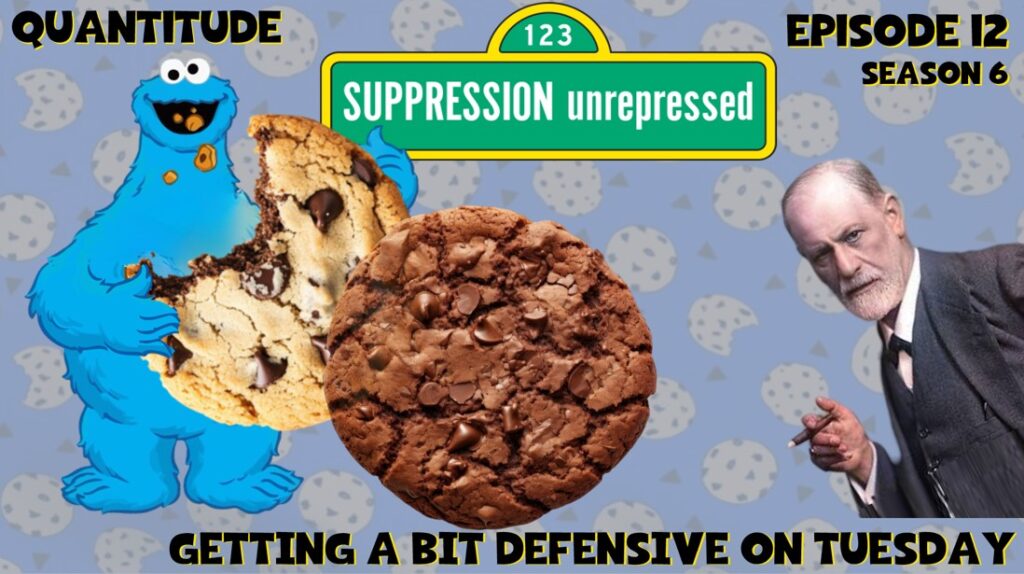In this week’s episode Greg and Patrick explore the fascinating world of suppressor variables which have the nearly magical, yet fully understandable, distinction of being unrelated to the dependent variable yet serving to enhance the predictive utility of other variables in the model. Along the way they also discuss getting the giggles, giving away our secrets, Sigmund Freud, repressed variance, Greg’s defense mechanisms, Keyser Soze, the Cookie Monster, squirrel proof bird feeders, World War II, street magicians, Paul’s corpse, and before zero was invented.
Related Episodes
- S5E02: Multicollinearity: The Usual Suspect
- S3E09: Semi-Partially Clarifying Measures of Association in Regression
- S2E18: Regression: Like That Old High School Friend You’ve Outgrown
- S2E14: Control (Variable) Issues
Suggested Readings
Conger A.J. (1974). A revised definition for suppressor variables: A guide to their identification and interpretation. Educational Psychological Measurement, 34, 35–46.
Horst P. (1941). The role of predictor variables which are independent of the criterion. Social Science Research Council Bulletin, 48, 431–436
MacKinnon, D. P., Krull, J. L., & Lockwood, C. M. (2000). Equivalence of the mediation, confounding and suppression effect. Prevention Science, 1, 173-181.
Tzelgov, J., & Henik, A. (1991). Suppression situations in psychological research: Definitions, implications, and applications. Psychological Bulletin, 109, 524-536.
Velicer W.F. (1978). Suppressor variables and the semipartial correlation coefficient. Educational and Psychological Measurement, 38, 953–958

